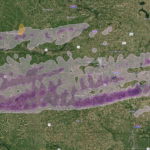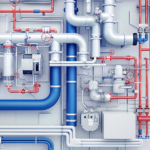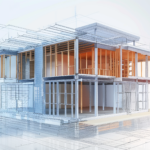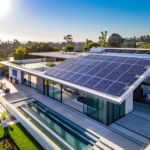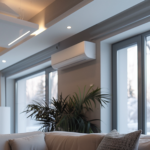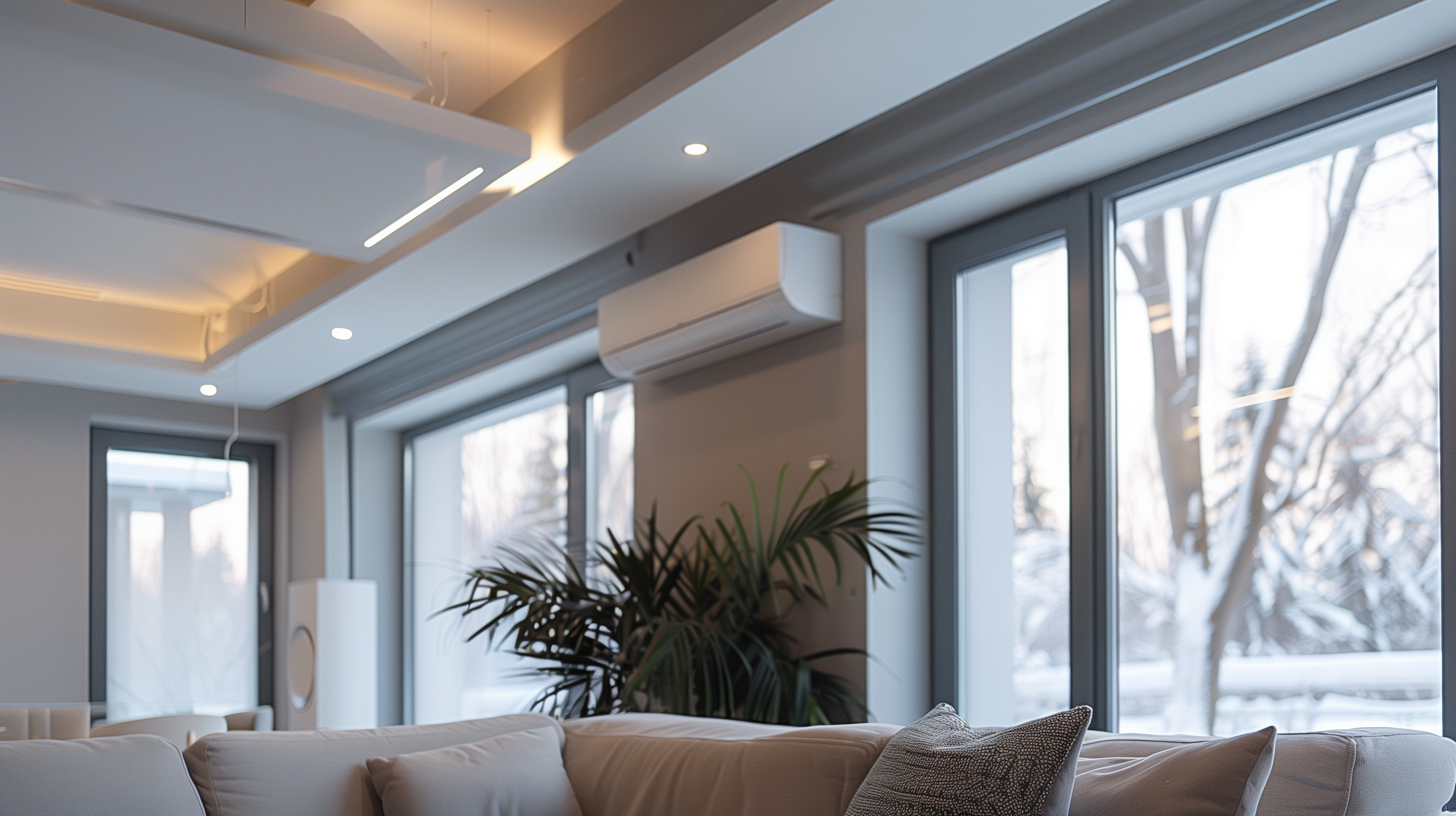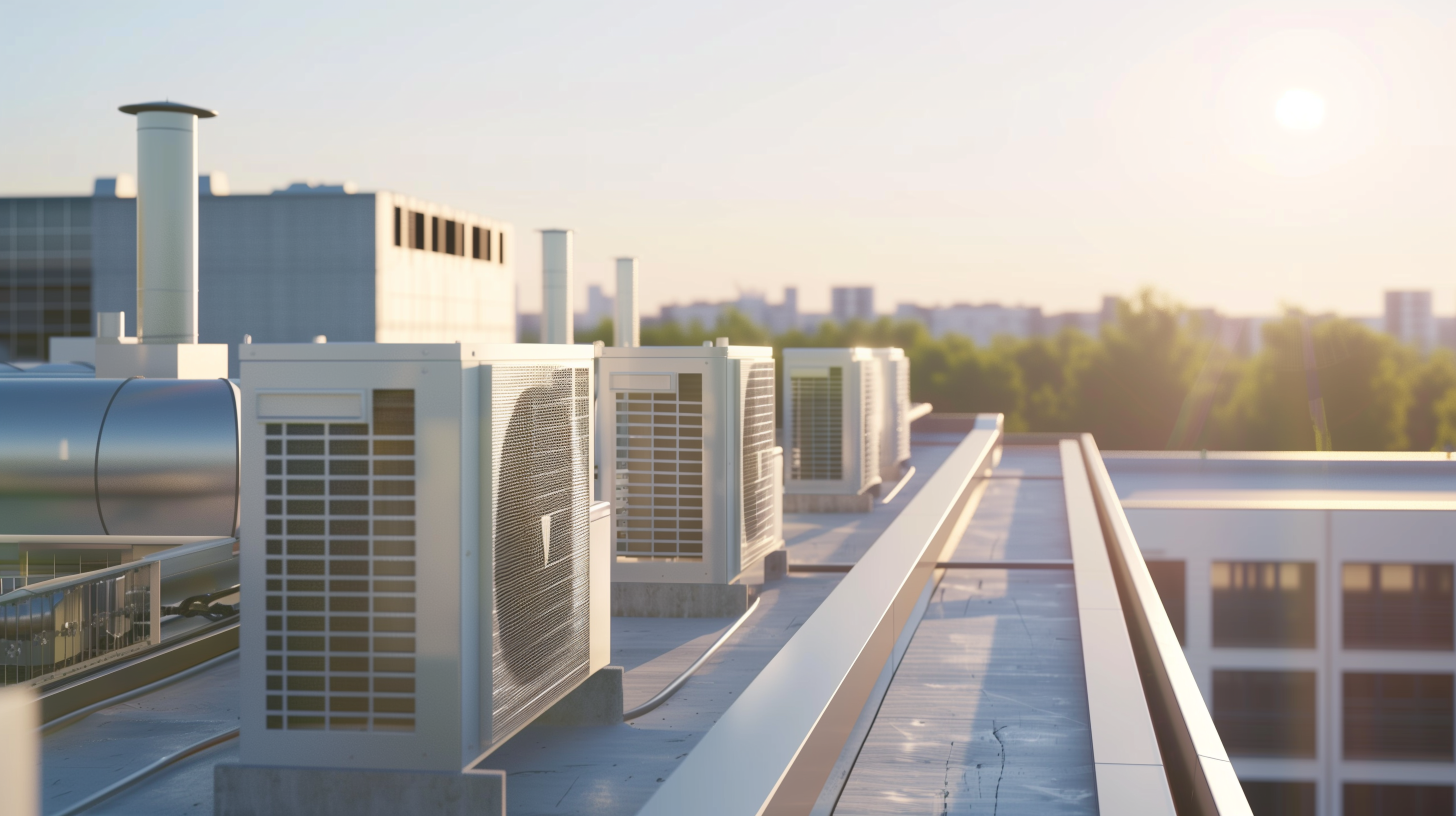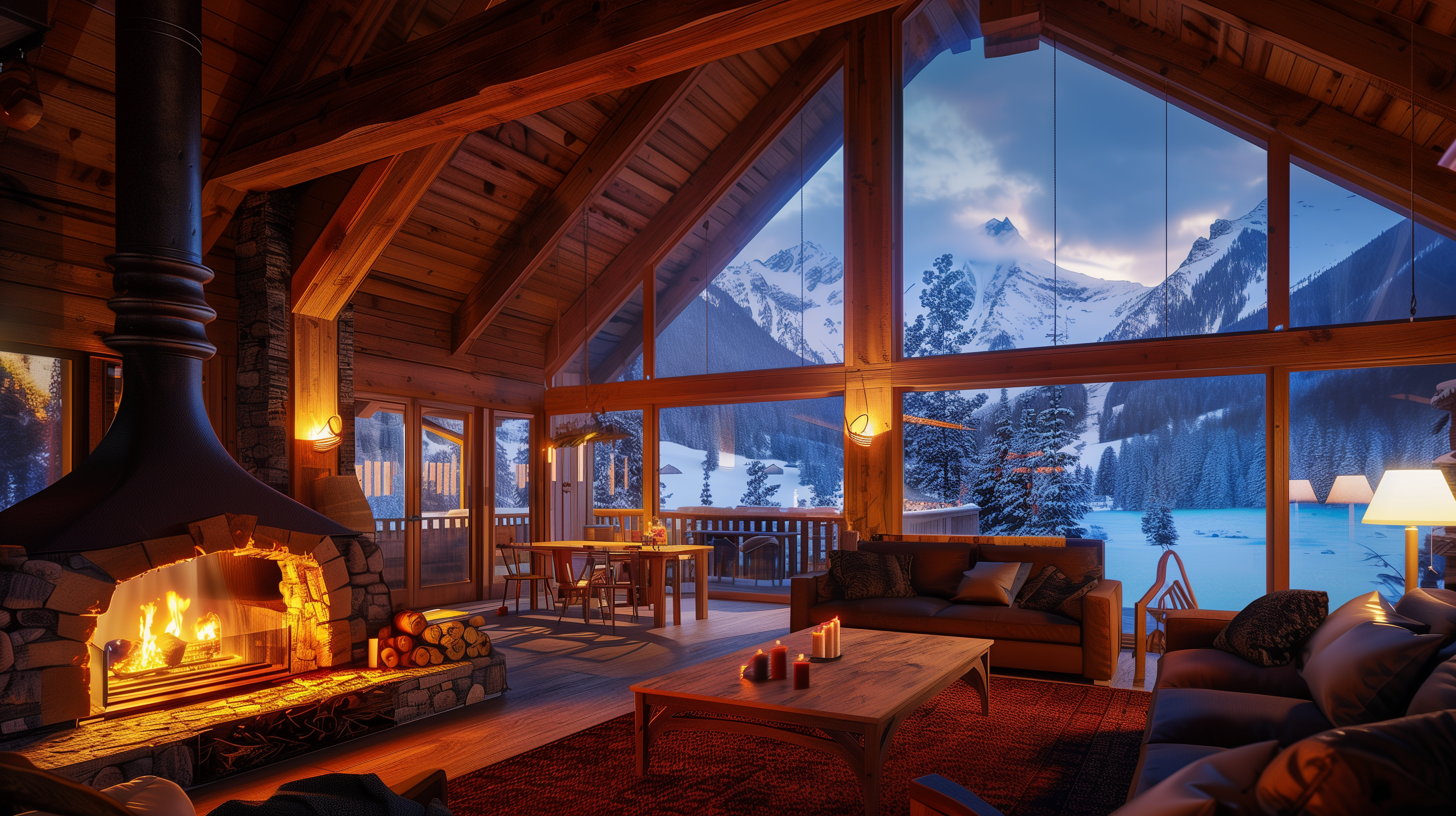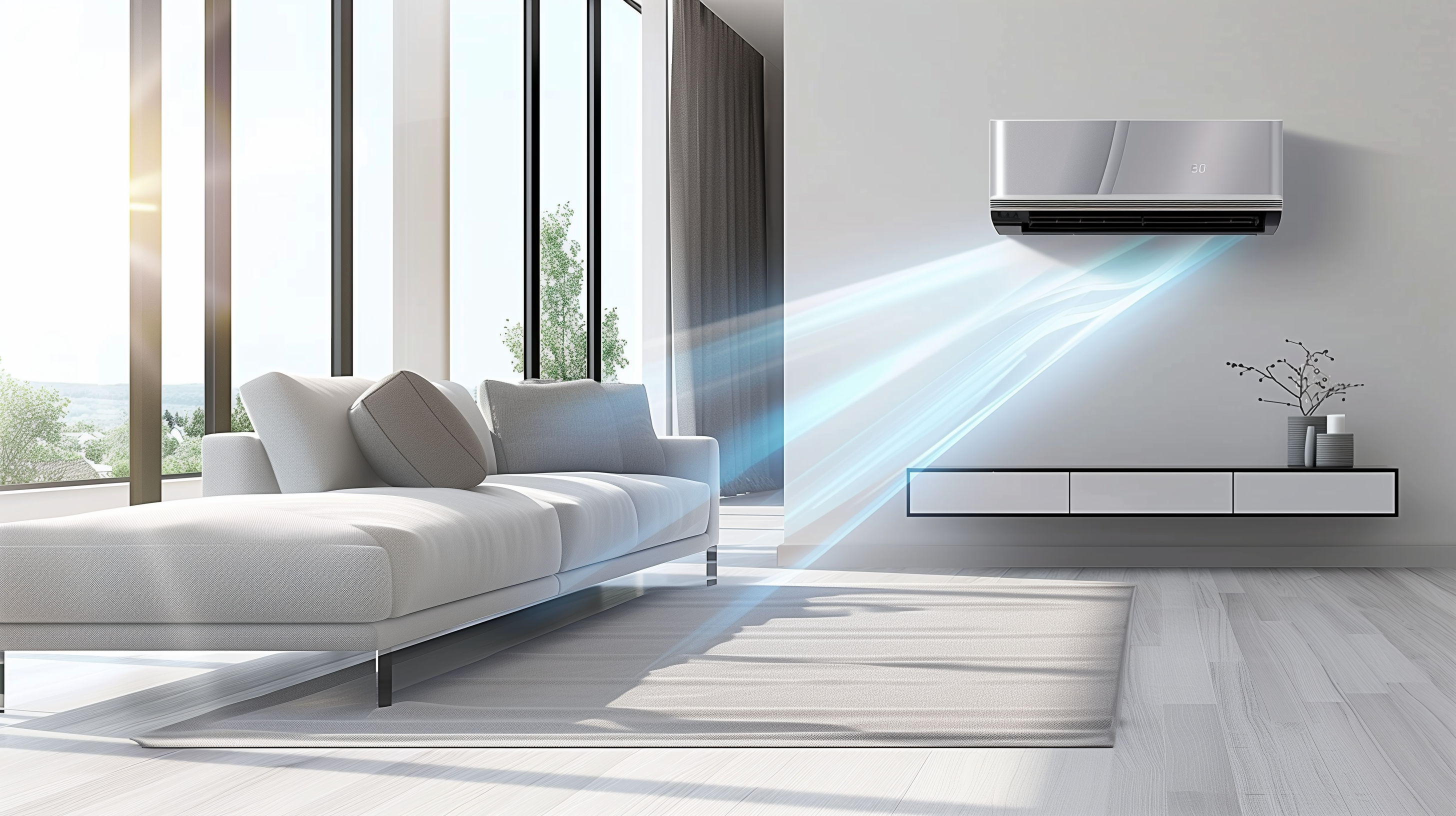Ensuring Code Compliance for Heat Recovery Ventilators (HRVs)
Heat recovery ventilators (HRVs) offer an energy-efficient solution for mechanical ventilation by minimizing heat loss during air exchange. In colder climates, HRVs are particularly effective, as they transfer heat from the outgoing exhaust air to the incoming fresh air, reducing the energy burden on heating systems. Ensuring proper installation and compliance with relevant codes—such as the 2015 and 2018 International Residential Code (IRC) and International Energy Conservation Code (IECC)—helps builders, designers, and code officials streamline the plan review and inspection process while ensuring energy efficiency and indoor air quality.
This blog outlines essential code requirements for HRV installations, focusing on plan review, field inspection, and best practices for code compliance in colder climates.
Why Heat Recovery Ventilation is Critical in Cold Climates
In cold climates, proper ventilation is necessary to maintain indoor air quality while minimizing energy loss. Without an HRV, ventilation systems often result in significant heat loss as warm indoor air is exhausted and replaced by cold outdoor air. An HRV addresses this issue by:
- Recovering Heat – Captures up to 65% or more of the heat from outgoing air, reducing heating costs.
- Balancing Ventilation – Ensures that fresh air is supplied at the same rate that stale air is exhausted, preventing pressure imbalances that can lead to air leakage or moisture problems.
- Reducing Drafts – By providing balanced ventilation, HRVs prevent cold air from infiltrating through cracks in the building envelope.
Plan Review Checklist for HRVs
General Code Requirements
The 2015/2018 IRC and IECC set forth several requirements for mechanical ventilation systems, including HRVs, that must be considered during the plan review phase. Key sections include:
- System Design and Documentation
- Per IRC Section R103.2/N1101.5, construction documents must include:
- HRV system type, size, and efficiency
- Controls and ventilation rate (in cubic feet per minute, or CFM)
- Installation specifications and locations for ducts, fans, and intakes/exhausts
- Sealing and insulation details for ductwork (IECC Section R403.3.1 requires R-8 insulation for ducts in unconditioned spaces).
- Per IRC Section R103.2/N1101.5, construction documents must include:
- Ventilation Rate and Controls
- Ensure the HRV system provides a continuous ventilation rate as specified by IRC Section M1507.3.3.
- For intermittent ventilation, the system must operate for at least 25% of each 4-hour period and meet the ventilation rate adjustment factors in Table M1507.3.3(2).
- Controls must allow for manual override (IRC Section M1507.3.2).
- Mechanical Ventilation Fan Efficiency
- As per IECC Section R403.6.1, HRV fans must meet minimum efficacy levels:
- 2.8 CFM/Watt for in-line fans
- 1.4 CFM/Watt for bathroom and utility room fans under 90 CFM
- As per IECC Section R403.6.1, HRV fans must meet minimum efficacy levels:
Field Inspection Guidelines for HRV Installations
During field inspections, code officials must verify that the HRV system is installed per the approved plans and complies with applicable codes. Key inspection points include:
Mechanical Inspection
- Proper Mounting and Location
- Ensure the HRV is installed on a stable, level platform with proper clearance for maintenance access.
- Ventilation Rate Compliance
- Confirm the HRV provides the ventilation rate specified in the approved plans.
- Duct Sealing and Insulation
- Verify that all ducts are properly sealed with mastic or approved sealing methods and insulated to meet R-8 for ducts in unconditioned spaces or R-6 in conditioned spaces.
Air Sealing Inspection
- Air Barrier Integrity
- Ensure that shafts, penetrations, and HVAC register boots penetrating the building thermal envelope are sealed per IECC Section R402.4.1.1.
- Blower Door Testing
- For homes in climate zones 3–8, verify that the building achieves an air leakage rate of 3 ACH or less at 50 Pascals, as required by IECC Section R402.4.1.2.
Best Practices for HRV Installation in Cold Climates
- Select an HRV Designed for Cold Weather
- Choose an HRV with a frost protection feature to prevent ice buildup on the heat exchanger in extreme cold.
- Locate Intakes and Exhausts Properly
- Ensure the outdoor air intake is at least 10 feet away from exhaust vents and sources of contamination (e.g., plumbing vents, furnace exhausts) as per IRC Section R303.5.1.
- Use Dedicated Ductwork
- Where possible, use dedicated ductwork for the HRV system rather than integrating with existing HVAC ducts. This improves system efficiency and reduces the risk of imbalances.
- Balance the System
- After installation, balance the HRV system to ensure equal supply and exhaust airflow. An imbalanced system can cause pressure issues, leading to drafts and moisture problems.
Benefits of HRVs in Cold Climates
- Energy Savings
- HRVs can reduce heating costs by up to 30% in well-sealed homes.
- Improved Indoor Air Quality (IAQ)
- By continuously supplying fresh air and exhausting stale air, HRVs improve IAQ, reducing allergens, pollutants, and moisture buildup.
- Enhanced Comfort
- Balanced ventilation prevents cold drafts and maintains consistent indoor temperatures.
- Compliance with Green Building Standards
- Many green building programs, such as LEED and ENERGY STAR, recognize HRVs as a best practice for energy-efficient ventilation.
Conclusion
Heat recovery ventilation systems are a critical component of energy-efficient homes in colder climates. By complying with IRC and IECC codes and following best practices, builders and designers can ensure proper ventilation, energy efficiency, and occupant comfort. Proper plan review, system design, and field inspections are essential to successful HRV installations.
For immediate service or consultation, contact Allied Emergency Services, INC.
Contact Information:
- Phone: 1-800-792-0212
- Email: Info@AlliedEmergencyServices.com
- Location: Serving Illinois, Wisconsin, and Indiana with a focus on the greater Chicago area.
Disclaimer: This article is intended for informational purposes only. For professional advice, consult experts in the field.
